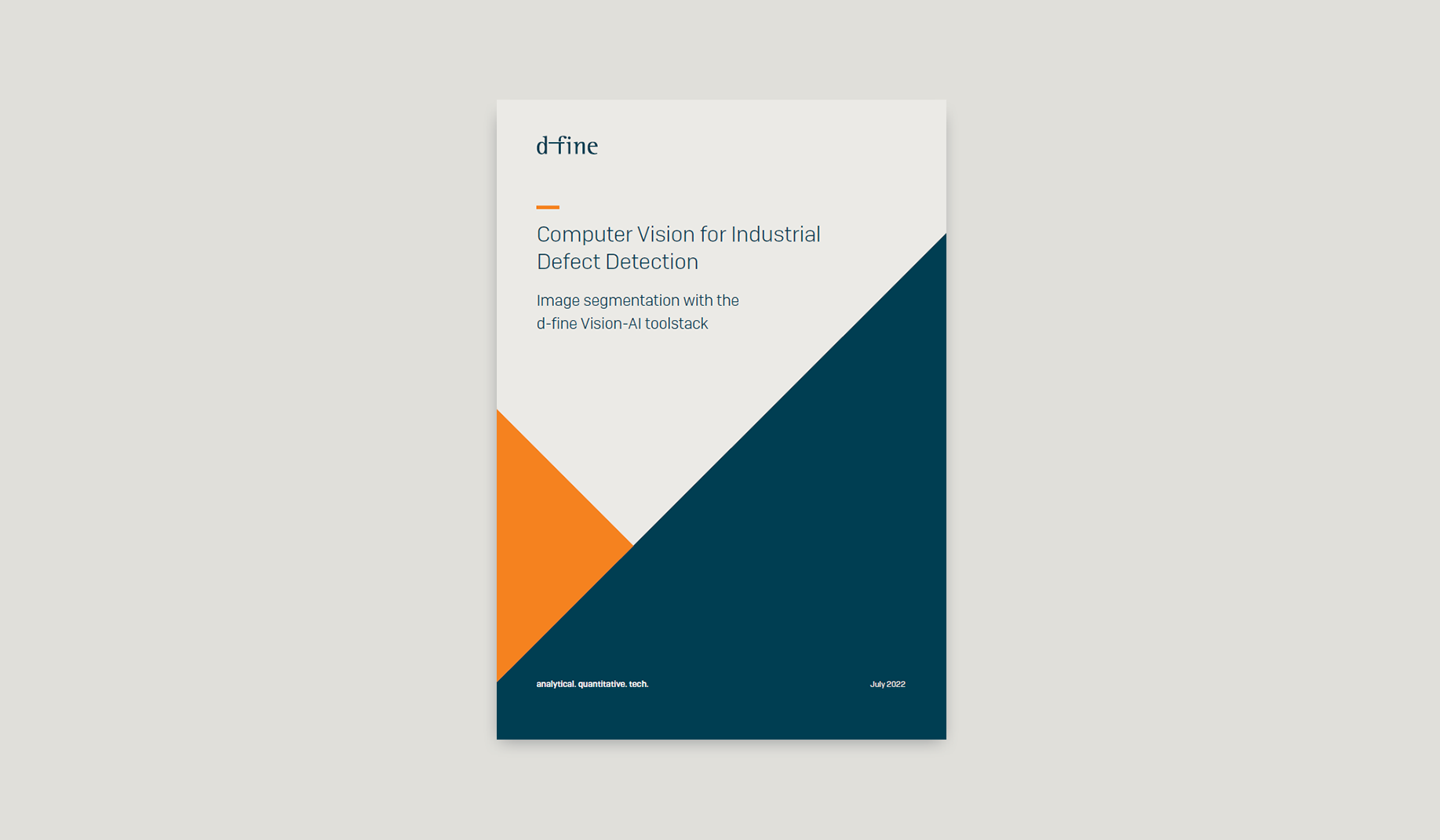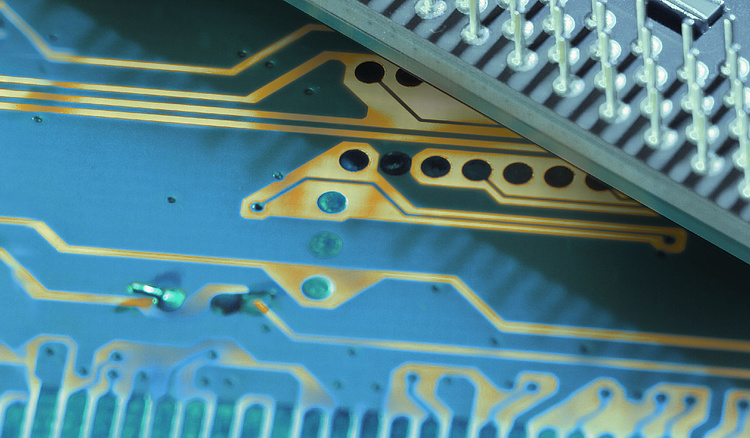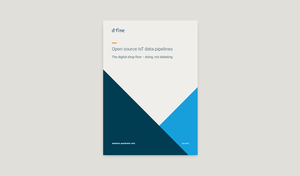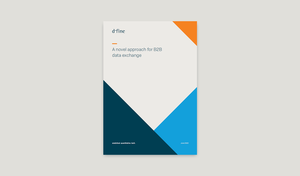Semantic image segmentation
Semantic image segmentation identifies object boundaries on a per-pixel basis. One obvious application in manufacturing is the detection and size measurement of defects. Given stable imaging conditions and advanced pre- and post-processing tools a suitable neural architecture can detect minute defects also under difficult conditions – e.g.. on reflective, contaminated surfaces.
With our TensorFlow-based d-vision library we have realized cloud-based and on-premises image segmentation solutions for different customers. We use a public dataset to discuss typical challenges, workflows, and performance KPIs.
For this year's Sheet Metal Conference (2023) we also published an article on this topic together with co-authors from voestalpine Automotive Components Schmölln GmbH. Together we show the successful transfer of the approach to real-world sheet metal parts.









